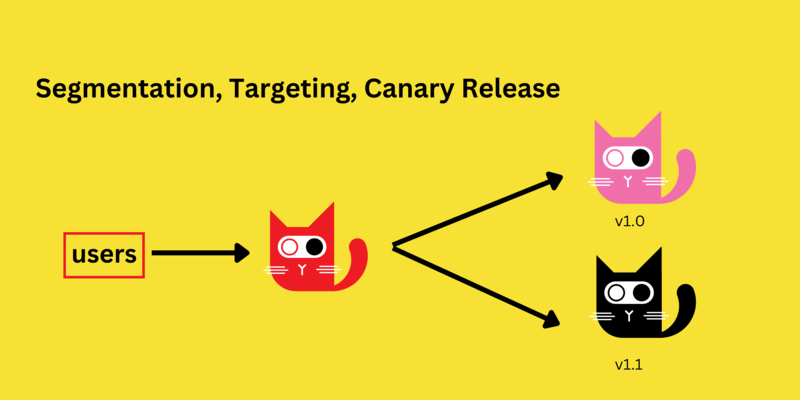Using ConfigCat for Staged Rollouts and Canary Releases
The primary goal of software developers is to ensure user satisfaction with the features or updates they introduce. However, achieving this goal can be challenging without the right release strategy. The question often asked, then, is, "How can developers be certain that a new update or feature delivers optimal results to end users?"
Two strategies that can be employed to address this concern are staged rollouts and canary releases. These strategies can be implemented using feature flags, and in this article, we explore how ConfigCat, a popular feature flag provider, can be used to perform staged rollouts and canary releases.







